Researching hidden hazards and more.
CERI - a geophysics research center with active projects in different parts of the world, several centering on causes and consequences of earthquakes in the New Madrid seismic zone (located in proximity to Memphis), and monitored by our seismic and GPS networks. Our research interests cover the spectrum of seismology and geodesy. And our interaction with affiliated academic departments enhances and facilitates our research in tectonics and engineering seismology.
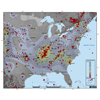 Seismology
Seismology
Aided by excellent computational facilities and exploration software, the broad spectrum of seismology is researched. Study covers aspects of applied, observational, and theoretical seismology.
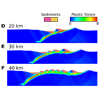 Geodynamics
Geodynamics
Active, present-day deformations, as well as long-term behaviors of the Earth's crust and lithosphere are studied using numerical simulations constrained by geological, seismological and geodetic observations.
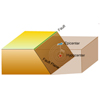 Seismotectonics
Seismotectonics
The use of virtual reality and data to visualize seismic data.
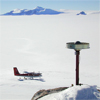 Geodesy
Geodesy
Traditional and high-rate GPS geodetic data and seismology is used to measure motions associated with earthquakes, intra- and inter-plate deformations in the earthquake cycle, and its integration into orogeny, postseismic deformation, plate tectonics, and crustal/isostatic responses to variations in crustal loading.
Engineering Seismology
Investigating ground motions in large earthquakes and their effects on the built environment through an integrated approach using knowledge from seismology and civil engineering.
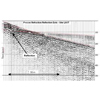 Exploration Seismology
Exploration Seismology
Active/passive source studies range from investigation of near-surface geological features to large-scale, continental lithosphere structure.
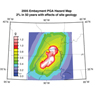 Earthquake Physics
Earthquake Physics
Earthquake physicists attempt to link the available observations to the processes occurring in Earth’s deep interior. For more information visit the Earthquake Modeling and Visualization page.
Collaborative Research:
Resources
- FDL Wiki (UM login necessary)
